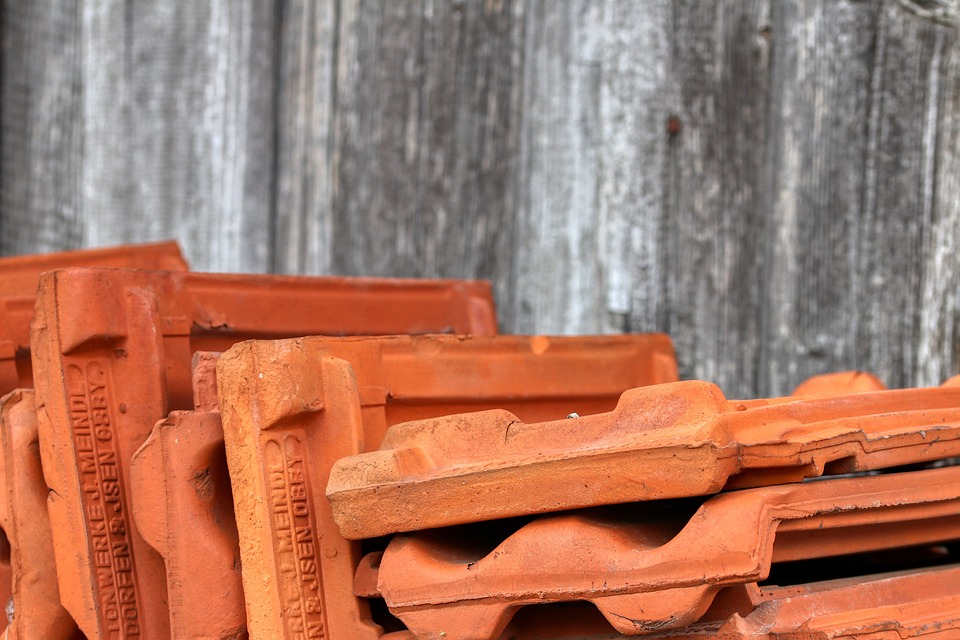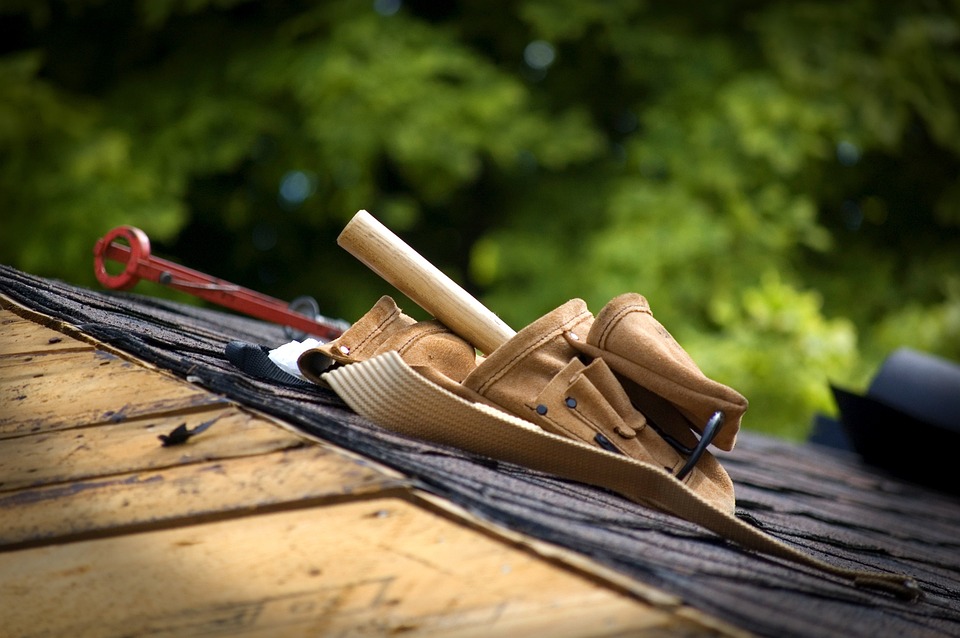Your roof is one of the most crucial components of your home, providing protection against the elements and maintaining structural integrity. However, like any other part of your house, it has a lifespan and requires maintenance or replacement over time. Ignoring the signs of a failing roof can lead to severe consequences, including water damage, energy inefficiency, and potential safety hazards. Knowing when to replace your roof is essential for safeguarding your home and your investment.
Planning for a Replacement
Start by researching roofing materials and styles that fit your budget and aesthetic preferences. Consider energy-efficient options or materials designed for durability in your climate. Getting a roofing estimate and hiring a reputable roofing contractor is essential to ensure quality workmanship and a smooth installation process. Get multiple quotes, check references, and verify credentials before making your choice.
Assessing the Age of Your Roof
The age of your roof is one of the key indicators of whether it might need replacement. Different roofing materials have varying lifespans; for example, asphalt shingles typically last 20 to 25 years, while metal roofs can endure 50 years or more. If your roof is nearing or has exceeded its expected lifespan, it’s wise to schedule an inspection. As roofing materials age, they lose their durability and effectiveness, making them more prone to leaks, weather damage, and structural issues that can compromise your home’s safety.
Inspecting for Visible Damage
Conducting a visual inspection of your roof can provide valuable insights into its condition. Look for common signs of wear, such as curled, cracked, or missing shingles, which indicate aging or damage. Check your gutters for granules, as excessive granule loss signals shingle deterioration. For flat roofs, watch for bubbling or blistering, while metal roofs may show signs of rust, corrosion, or loose panels. Identifying these visible issues early is essential; they often require further evaluation by a professional to determine the best course of action for repairs or replacement.
Spotting Interior Warning Signs
Sometimes, the most telling signs of roof damage appear inside your home rather than on the exterior. Water stains on ceilings or walls are often the first noticeable indicators, suggesting that moisture has seeped through the roof. Peeling paint or wallpaper can also result from excess humidity caused by a leak, compromising the aesthetic and structural integrity of your interior spaces. More concerning is the growth of visible mold or mildew, which thrives in damp environments and can pose serious health risks to you and your family. Pay close attention to your attic as well, as it often reveals early signs of roof issues.
Considering Energy Efficiency
An aging or damaged roof can significantly affect your home’s energy efficiency. Over time, gaps, cracks, or deteriorating materials can compromise insulation, allowing heated or cooled air to escape. This forces your HVAC system to work harder, leading to higher utility bills. If you’ve noticed a steady increase in energy costs without a clear cause, your roof might be the culprit. Replacing it with modern, energy-efficient materials and improved insulation can enhance comfort, reduce energy waste, and lower monthly expenses.
Weighing the Cost of Repairs vs. Replacement
While some roof damage can be addressed with repairs, frequent fixes can quickly become costly and inefficient. Minor issues like occasional leaks or isolated shingle replacements may seem manageable, but if these problems recur often, they could signal underlying structural concerns. In such cases, investing in a full roof replacement might be more economical in the long term. Consulting a professional roofing contractor is crucial; they can thoroughly assess the damage and recommend whether repairs or replacements best suit your situation and budget.
Understanding the Impact of Severe Weather
Severe weather events such as storms, hail, and high winds can take a significant toll on your roof, often shortening its lifespan. After experiencing harsh weather, inspecting your roof for damage is essential, even if the issues appear minor at first glance. Missing shingles, dents, or punctures can weaken your roof’s integrity, making your home more susceptible to leaks and structural problems. Additionally, many insurance policies cover weather-related roof damage, so reviewing your policy and filing a claim promptly can help offset repair or replacement costs.

Your roof is more than just a structural component—it’s a vital barrier that protects your home and family. Recognizing the signs of a failing roof and taking proactive steps to address them can save you time, money, and stress. Whether it’s through regular inspections, timely repairs, or a full replacement, investing in your roof’s health ensures your home remains safe, comfortable, and efficient for years to come.

